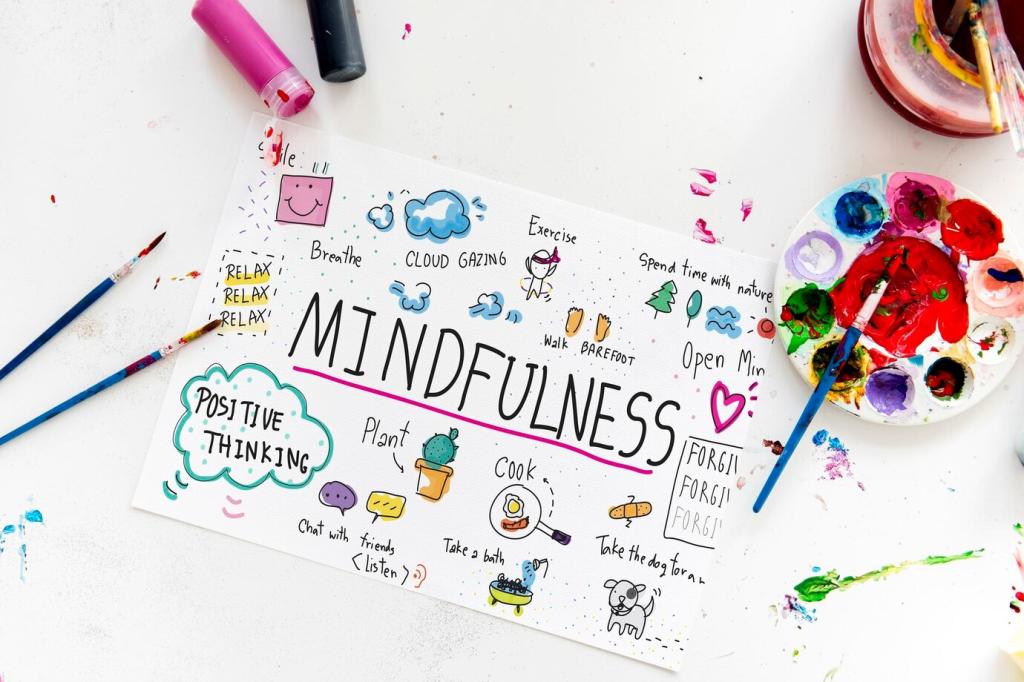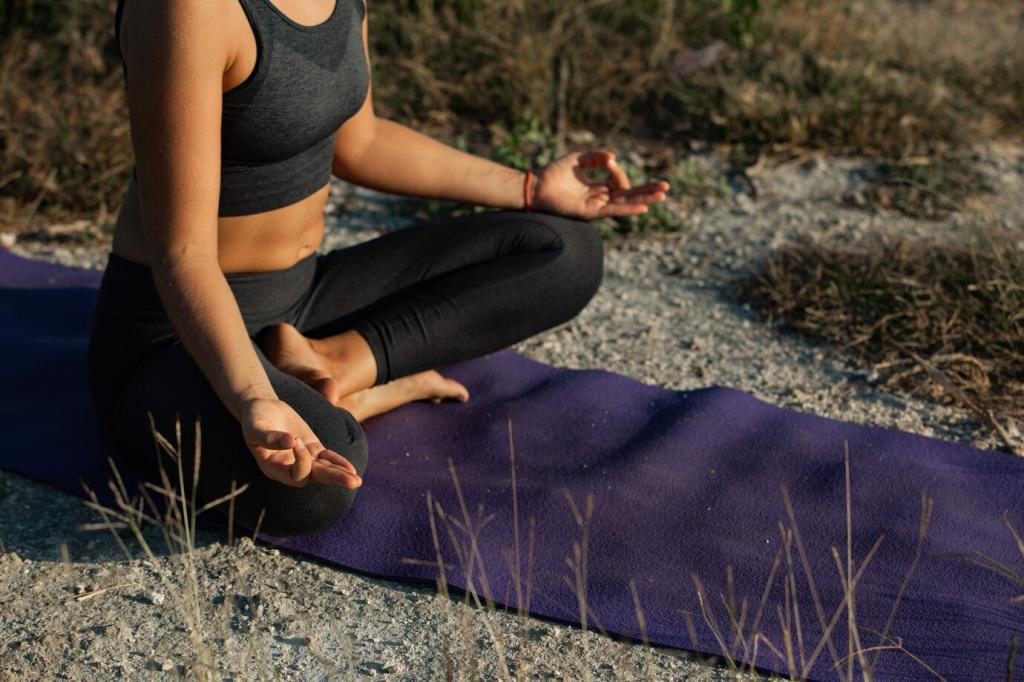Preparing Your Space and Mind
Pick a quiet spot with soft light and a chair or cushion that supports you without strain. Silence notifications, tell others you need five minutes, and let the room signal calm. A folded blanket, a plant, or a cup of tea can make your guided session feel inviting and special, not stiff or forced.
Preparing Your Space and Mind
Expect your mind to wander—it is healthy and human. In guided meditation, the voice will remind you to return softly, again and again. Celebrate each return as a rep for your attention muscle. Progress looks like kinder redirections, not rigid stillness, especially in the early days when habits are forming.









